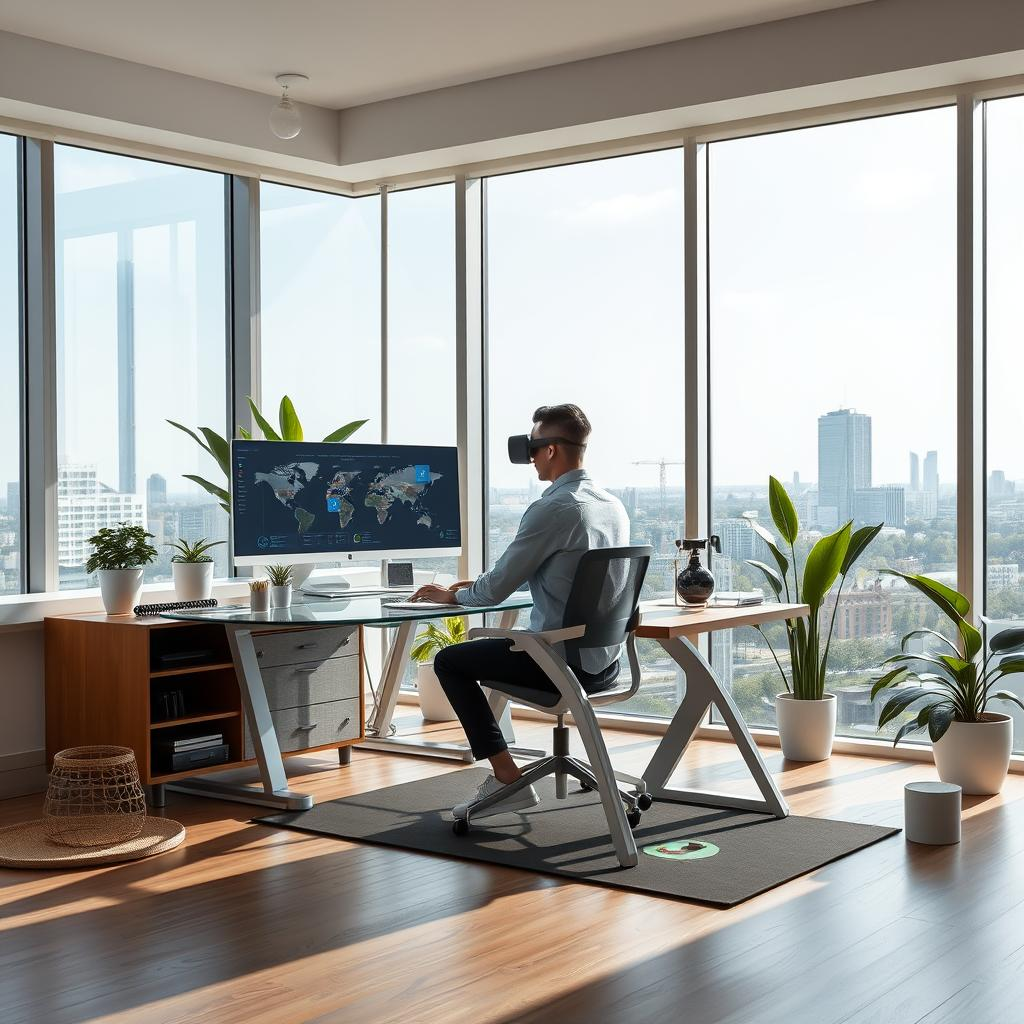I’m Jane Smith, and today we’re diving into the transformative journey of Company A as a trendsetter in redefining remote workspaces. As businesses pivot post-pandemic, Company A leads the charge by championing flexible schedules and pioneering technologies like AI and VR to enhance both productivity and employee satisfaction. Join me as we explore their groundbreaking strategies and what they mean for the future of work, offering a glimpse into how remote work may shape our professional landscapes in the years to come.
Introduction
The COVID-19 pandemic catalyzed a sweeping transformation in work environments, pushing businesses worldwide toward remote operations. In this shifting landscape, a prominent player—referred to here as Company A—has emerged as a leader by implementing remote work strategies that enhance productivity and employee satisfaction. This article explores how Company A has navigated these changes, setting a blueprint for future workplaces through innovative technologies and progressive policies.
Strategic Analysis
Company A has undertaken a comprehensive journey to refine its remote work practices post-pandemic. By combining flexible work schedules with cutting-edge technological tools, they have crafted a responsive work culture attuned to modern challenges (Source: HR Executive – Why this remote-first company still prioritizes ‘intentional connection’).
Key Initiatives:
- Flexible Work Schedules: Company A offers personalized scheduling options to enhance autonomy and productivity among employees.
- Technological Integration: They have introduced AI-driven tools and VR platforms to facilitate seamless virtual collaboration.
- Wellness Programs: Focus on mental and physical health through virtual fitness sessions and psychological support.
The company has strategically aligned its operations to adhere to regulatory frameworks like the EU’s remote work directives, integrating compliance with sustainable development goals (Source: Tavily – Yahoo News).
Impact Projections
As Company A continues to refine its remote work models, industry-wide adoption of similar strategies is predicted to rise. The ongoing integration of AI and VR not only enriches the remote experience but also transforms traditional workplace expectations (Source: Tavily – Forbes).
Industry Trends:
- Companies like Google are enforcing hybrid work schedules, indicating a broader trend toward office-return strategies (Source: Tavily – NBC News).
- The Philippines’ skilled workforce is expected to drive AI adoption, favoring hybrid approaches (Source: Tavily – BusinessWorld).
Innovation Roadmap
Looking forward, Company A is poised to further integrate AI and VR to advance its virtual workspace offerings. This will likely result in more immersive and interactive work experiences, bridging the gap between remote and traditional office work (Source: Tavily – Business Insider).
Pipeline Technologies:
- AI Enhancements: Developing AI tools tailored to individual workflow patterns for improved efficiency.
- VR Collaborations: Launching VR-enhanced meeting spaces designed to boost team interaction and project simulations.
Conclusion
Company A’s strides in transforming the remote work paradigm reflect its commitment to adaptability and innovation. As these workplace trends advance, Company A’s approach may well set the standard for future workplaces by combining operational efficiency with employee satisfaction. Investors and industry analysts might consider Company A’s strategies as a benchmark for achieving competitive advantage in the evolving market.
Note
The identity of “Company A” remains unspecified, impacting the ability to verify specific achievements and benchmarks directly attributed to them. This article consolidates broader industry trends and integrates available data to outline potential impacts.

Leave a Reply